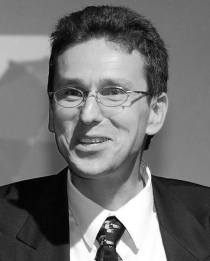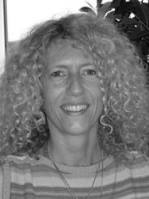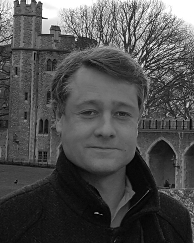Main content
Top content
Project P7/2
Title
Decoherence and Relaxation in Quantum Spin Clusters
Principal investigators
- Prof. Dr. Jürgen Schnack (Universität Bielefeld)
- Prof. Dr. Kristel Michielsen (Forschungszentrum Jülich)
- Prof. Dr. Robin Steinigeweg (Universität Osnabrück)
 |  |  |
Summary
For both funding periods, the major goal of this project is to elucidate internal decoherence in few-body spin systems under unitary time-evolution. Decoherence refers to the behavior of a subsystem and can be characterized by the behavior of the reduced density matrix.
Ph.D. in group Schnack: We are particularly interested in cases where internal decoherence is reduced similar to schemes where relaxation and thermalization are prevented by phenomena such as many-body localization. We therefore plan to further investigate the role of conservation laws, the possibility to reduce decoherence in systems of toroidal moments and the influence of particular external drives to refocus decohering spin systems. We also want to extend the range of investigated systems from pure spin systems to spin-phonon systems building on our recent advances.
Ph.D. in group Michielsen: Since quantum manipulation is no longer a future dream, but at our hands today, we propose as an application to simulate the calculation of the ground-state energy of the Hubbard model with a quantum annealer. In order to take account of decohering environmental spins we will study the Hubbard model embedded into a bath of spins by time-evolving the combined system according to the time-dependent Schrödinger equation.
The two Ph.D. students will interact strongly both on numerical methods as well as on physical concepts. In detail, we want to achieve the following goals:
Goal A: Driven dynamics to improve coherence: Among the pressing subjects that we want to investigate is the question how periodic or aperiodic stimuli/driving of system and/or bath reduces decoherence of the system. This concerns in particular the simulation of the free-induction decay of multi-spin systems as well as their study in the presence of Hahn echos and general Uhrig pulse sequences.
Goal B: Decoherence and relaxation of toroidal moments: Like clock transitions, superpositions of states with pronounced toroidal moments may be more robust against magnetic disturbances by other spins or fluctuating magnetic fields.
Goal C: Decoherence in spin-phonon systems under unitary time evolution: Thanks to a recently finished Master thesis we can add combined systems of spins and phonons to the research portfolio of the research unit, an extension that offers very realistic descriptions for magnetically diluted compounds. It would allow to study so-called internal friction at avoided level crossings induced by the phonon subsystem.
Goal D: Reformulation of the Hubbard model for quantum annealing: Using the Jordan-Wigner transformation, the one-dimensional Hubbard model can be formulated as a 2N-qubit model defined on a two-leg ladder where the qubits on the first (second) leg of the ladder correspond to the spin-up (spin-down) fermions. We plan to study the ground state energy of the 18x1 and 3x6 Hubbard model, corresponding to a 36-qubit model, for various fillings by simulating the ideal analog quantum annealing process by using the Massively Parallel Quantum Spin Dynamics Simulator.
Goal E: Investigation of the Hubbard model embedded in a decohering bath of environmental spins: We propose to study the effect of the environmental temperature and disorder on ideal quantum annealing. For this purpose, we simulate the quantum annealer coupled to a heat bath. We do not assume the heat bath to be Markovian but instead we solve the time-dependent Schrödinger equation of the whole system comprising the qubit system and the bath.

